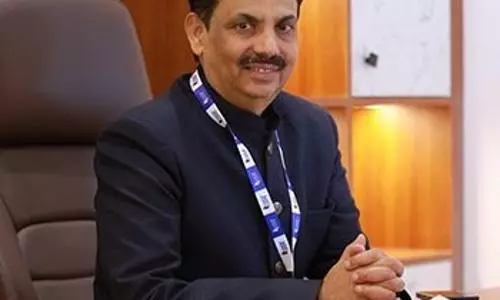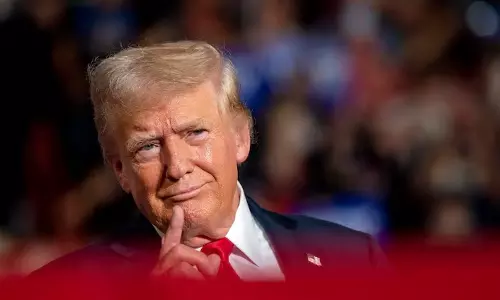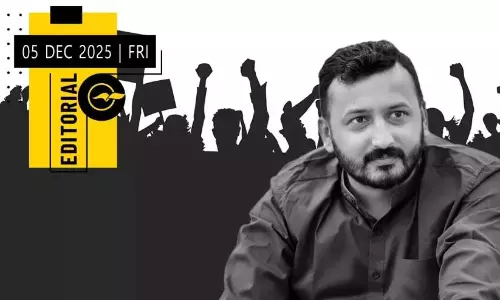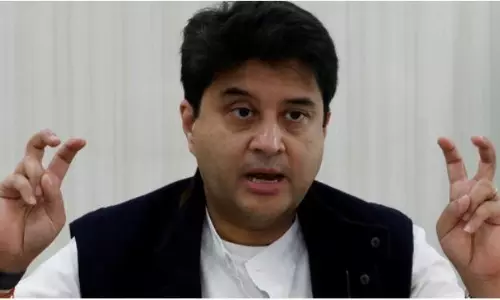
India needs a world-class higher educational system
text_fieldsIndia has the third-largest higher educational system in the world. In 2016, there were 799 universities and 39,071 colleges spread across the country. These numbers are staggering. The growth of higher education in India over a little more than half a century has been even more staggering.
Between 1950 and 2014, the number of universities in India increased by 34 times. And, between 1950 and 2013, colleges increased by 74 times.
This quantitative explosion in higher education institutions has not been matched by the quality of the education they provide. In fact, the gap between quantity and quality is so large that it stands as one of the major obstacles in the way of India being a world leader. To become such a leader, India needs to develop a world class higher education system.
Two years ago, the Narendra Modi administration attempted to put some focus on quality in higher education with its introduction of draft regulations for a new initiative called the "UGC (Declaration of Government Educational Institutions as World Class Institutions) Guidelines, 2016." By 2018, when the first six institutions were named under this initiative, they were designated as "Institutions of Eminence" as opposed to "world class institutions".
Although the label has been changed, the intent remains the same. That is to give considerable discretion to and elevate the status of these institutions. This is not necessarily a bad thing. But, it will do little to address the underlying problems of higher education in India.
This is true because the focus is completely wrong. These universities are the tip of the higher educational iceberg. Enhancing the capacity of a few institutions, thus possibly enabling them to be rated a little higher in the world rankings of higher education institutions, does nothing for the many.
That's not to say that India does not need world class institutions of higher education. It is to say that more, importantly India, needs a world class higher education system.
A world class higher education system is one that is student- or customer-centred rather than institution-centred. It comprises certified and caring institutions that have the resources required and the core mission of ensuring that students/customers acquire the knowledge/skills/abilities and dispositions that they need to achieve their individual goals and to maximise their contribution to society.
India's current system has been almost exactly the opposite of that. The emphasis has been primarily on a select group of institutions and individuals rather than embracing and addressing the needs of the whole.
There are many steps that must be taken to change this and to make the Indian higher education system world class. They include:
- Increase public financing. The federal and state governments currently provide limited funding for higher education. As a result, over 70 percent of the higher education institutions are operated by the private sector. These institutions are not well regulated and are of highly variable quality. Public sector financing could be used to support existing public institutions and to establish new ones in regions in which there are limited higher educational opportunities.
- Enhance the infrastructure. Colleges and universities throughout India have inadequate physical settings, lack equipment, and suffer from a shortage of competent teachers. Ensuring that each higher educational institution is infrastructurally sound, establishes the proper environment for learning and growth.
- Expand access to and participation in higher education. The enrollment in higher education is approximately 15 per cent of the eligible population. This percentage needs to be much higher for India to be considered and to become a developed or developing country. It also needs to be representative of the entire population, including females, those from the weaker sectors, and rural areas.
- Enforce standards and requirements appropriately. The announced replacement of the University Grants Commission (UGC) with the Higher Education Commission of India (HECI) created considerable debate within and outside of the educational community. The essential question regardless of whether there is an UGC, HECI or some other agency with an acronym. must be: Is the proper data being collected and used to monitor performance and ensure accountability for each institution in the higher education system?
- Place an emphasis on vocational education. The higher education system must meet the needs of potential employers and prospective employees. Currently, there is a mismatch. The higher educational system must equip itself to be the provider of first resort and give the country the skilled workforce it requires.
There are many other steps that must be taken, such as addressing politicians controlling many educational institutions, to make India's higher education system world class. But there must be only one mindset. That mindset must be that the country's higher education system must be restructured, redesigned, and renewed in a way that benefits all of India and all Indians.
(Frank F. Islam is an entrepreneur, civic and thought leader based in Washington, D.C. The views expressed are personal. He can be contacted at ffislam@verizon.net)




